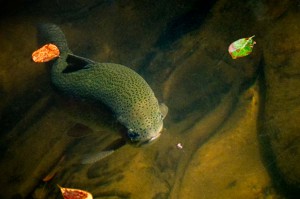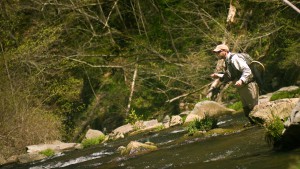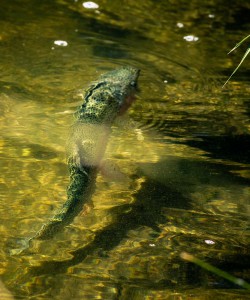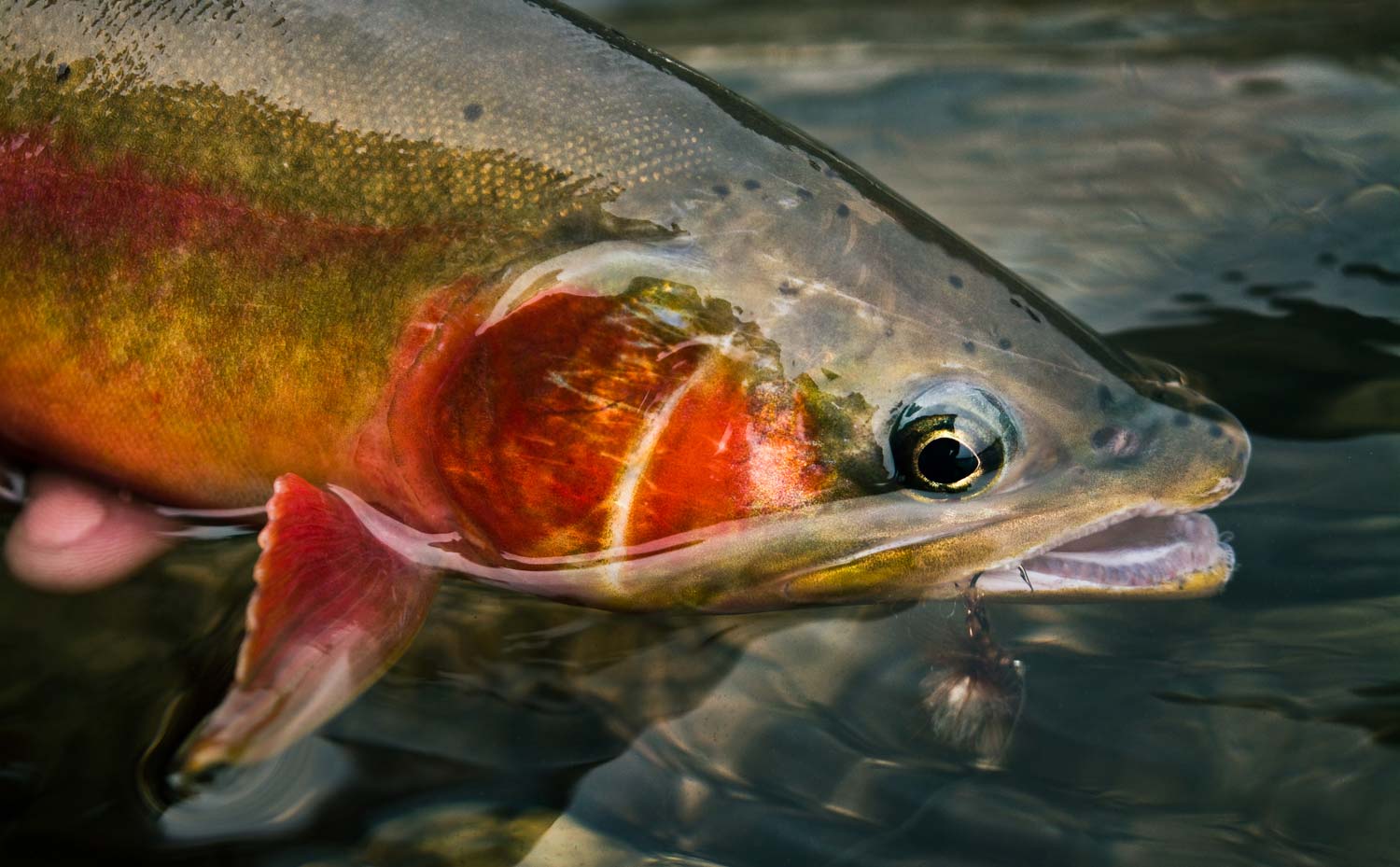By Jason Tucker
Dry fly fishing is all at once the foundation, Holy Grail, and most difficult aspect of fly fishing.
In a bygone day, fly fishing meant using a dry fly. Now it has come to encompass many things, including drifting nymphs under a bobber, or chucking a streamer fly that more closely resembles a lure than a dry fly. I embrace it all, but there is still no greater thrill than matching a hatch, getting a perfect drift, and seeing a trout rise to your fly. For most of us it was that image that drew us to the sport in the first place.
 With the dry fly season being at its zenith right now, we want to share a couple tips with you to help you catch more fish. I asked a couple friends of mine what their best suggestions are and here is what they said.
With the dry fly season being at its zenith right now, we want to share a couple tips with you to help you catch more fish. I asked a couple friends of mine what their best suggestions are and here is what they said.
Erick Johnson is a fly angler from Michigan who also happens to be a customer service rep at Scientific Anglers. We got to sit around the campfire this spring on a dry fly trip and here’s what he had to offer:
“If you’re anything like me, the sight of a good rising trout raises your blood pressure a couple notches.”
 “Inevitably, the first thing we do is reach down and start stripping off line, certain that he’s going to eat on that first pass. Frequently, that first cast will either land right on the fish or go well beyond and likely put them down. Before casting to that sipper, settle yourself with a couple breaths and start in close. By taking a couple extra moments and measuring your cast, you can dial in that drag-free drift. Once you’ve established the drift, you can then carefully work your way out to a wary fish for the best presentation.”
“Inevitably, the first thing we do is reach down and start stripping off line, certain that he’s going to eat on that first pass. Frequently, that first cast will either land right on the fish or go well beyond and likely put them down. Before casting to that sipper, settle yourself with a couple breaths and start in close. By taking a couple extra moments and measuring your cast, you can dial in that drag-free drift. Once you’ve established the drift, you can then carefully work your way out to a wary fish for the best presentation.”
I also go to fish with my buddy Alex Cerveniak, an excellent fly fisherman who spent a few years guiding to the picky fish on Michigan’s famed Au Sable River system. He had some advice on how to refine your presentation.
“The #1 key to fishing dry flies is to make your fly look like food.”
 “If it looks like food, they have to eat it. You make your fly look like food by getting a drag free drift. [It} doesn’t matter if you’ve got the perfect fly or the perfect tippet, if your fly doesn’t look like food, they won’t eat it.”
“If it looks like food, they have to eat it. You make your fly look like food by getting a drag free drift. [It} doesn’t matter if you’ve got the perfect fly or the perfect tippet, if your fly doesn’t look like food, they won’t eat it.”
To get a drag free drift, you ALWAYS reach cast, whether you’re coming at the fish from down, up or across stream. Assuming your fly is close, if you drift over a fish and it doesn’t eat your fly, but is still rising, adjust your casting location or angle to get a drift with less drag. Even if you can’t see the drag, assume it [didn’t eat] because your fly was dragging. If you are 100% [sure] you aren’t getting drag, cast a little further upstream as the fly might be landing behind the fish’s sight window. If you are 100% [sure] you are not dragging, and you are in the fish’s sight window, THEN, you can think about fly changes.”
My best advice is to become familiar with the hatches and timing of the river you’re going to fish.
This may seem like general advice, but I’ve seen too many anglers just show up at the river hoping to catch some fish on their vacation. You have to do some research and time your trip, or at least fish the hatch that is happening when you’re there. I’m from Michigan, and in spring a lot of the activity is at mid-day when the water and air is warmest, but as the season progresses and the water warms, bug activity shifts to the evening, culminating with the nighttime hex hatch in mid-June. No matter what hatch you’re hoping to fish, you have to be there when it’s happening and when the fish are feeding. For the Hendrickson hatch that means late April to mid-May during the afternoon. Sulfurs are later in May and later in the day. Isonychia and brown drakes happen right at dusk, and the Hex hatch happens after dark. If you’re on vacation, fish during the day when a hatch isn’t happening, and have to be back in time for dinner, you’re probably missing the main hatch. Being familiar with the area you hope to fish and being in touch with the local fly shop can help you be on the water at the right time, with the right flies.
So get out there this summer and catch some fish. There are still a lot of hatches left yet in the summer. If you’re out West I believe it’s just getting started. No matter where you are I think these tips will help you catch more fish.
Jason writes the fine blog Fontinalis Rising
Jason Tucker
Gink & Gasoline www.ginkandgasoline.com hookups@ginkandgasoline.com Sign Up For Our Weekly Newsletter!
Sign Up For Our Weekly Newsletter!


